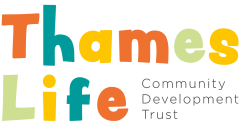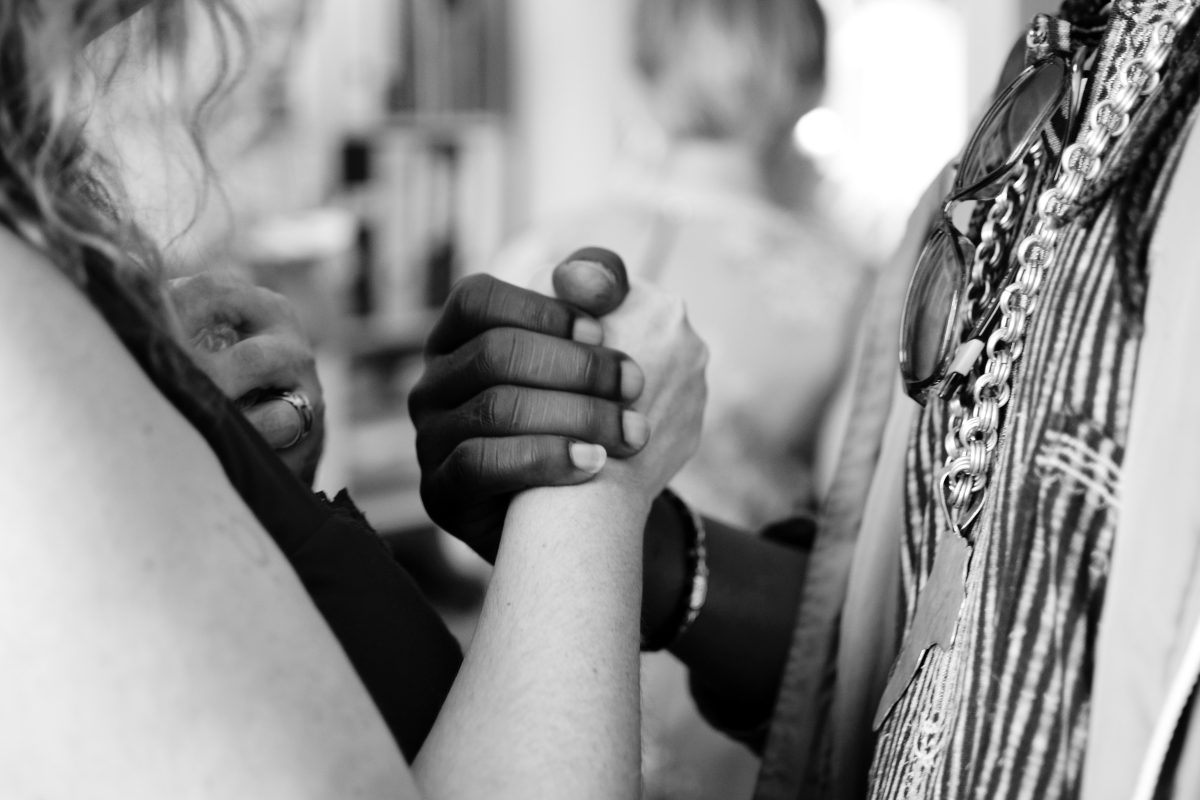Funders often ask for a ‘theory of change’ statement. Here’s one I made earlier, from our 2017-2020 strategic plan:
‘long term sustainable change is only possible when it is defined and led by local people, who initiate their own agenda and build it from within the local community.’
It is specific – change only happens when residents lead it from within their communities.
It is also different from most of the other statements, which tend to assume change comes from working across sectors and sharing power. That assumes by working across sectors and sharing power, residents and communities will benefit. That is a lazy assumption and a dangerous one.
What I can confidently believe in, is that when residents and community groups come together, things can genuinely change for the better. Everything else is much less certain.
I put it to you that there are three basic ways to make change happen.
- Change imposed from above by the powerful
- Change from below (when those who are not individually powerful take collective action)
- Change where we meet in the middle, with different levels of power, and thrash things out
My feeling is most change is imposed from above – option 1. And what option 1 does is pretend to be option 3, claiming to be about equal partners finding common agreement.
To avoid this, I go with option 2 as an antidote to phoniness. In archery the idea is to aim and shoot high because of gravity. I know option 2 is going to hit some headwinds, but to hell with it, let’s give it a go!
If we can agree in advance that community-led change often gets derailed, if we know this, in our guts, to be true, then let’s skip the statements about change being possible when powerful organisations come together with less powerful ones. Partnerships and power sharing can happen, but even when it does, it is less than what it is cracked up to be.
Mostly we don’t think much about how change happens and settle for platitudes about how we are all in it together. Let’s be clear: we are not all in it together. There are very real differences of power, identity and money. There are different agendas and that is healthy. Without these differences being made visible and expressed, we might as well settle for dictatorship – see option one.
Because change from above is brutal, we are supposed to all agree that partnership and meeting in the middle is possible and taking place. But it mostly is not. When you next go to a partnership meeting ask who chairs the meeting, who sets the agenda, who does all the speaking, who is getting paid and how much? It is unlikely to be residents or community groups. Better to call it what it appears to be: change from above.
Another way to look at it is, who are the partners who are supposed to be sharing power?
- Public Sector (example: council)
- Private Sector (example: developer)
- Community Sector (example: small volunteer group)
Think of partnership as a three-legged stool. Council, developer, resident group. Then ask if all the legs are equal and how that might affect things.
These sectors – public, private and community – are not remotely equal. The first two have organised people and money, the community does not. Having organised staff and millions of pounds of money is power. Not having money or people who work for you, limits your ability to act. Before buying into the warm words of partnership across sectors, it is worth thinking through how the power imbalance is likely to play out and not pay lip service to what was never the case in the first place.
Partnership has been called ‘the suspension of mutual loathing in the pursuit of money’. That’s a bit harsh but you get the point. Partnership is where voluntary sector groups and ‘partners’ live. This generates gaslighting – mystical vague theories of change about power sharing, a triumph of hope over experience if ever there was one.
If you can imagine a different world, where change flows upwards from communities, it is possible to take the actions to bring this, little by little, into being. For some people this is unimaginable, and it stops there. Community-led change requires imagination and creativity. It will lead to endless frustration and disappointment. Worse than that, community-led change will get turned inside out, manipulated into serving the purposes of other sectors, public and private, endlessly made into a vehicle of convenience.
But imagination and creativity will tell us it can be different, and we will find a way because that is what communities and people do.
Thames Life Director

